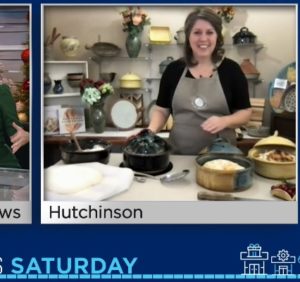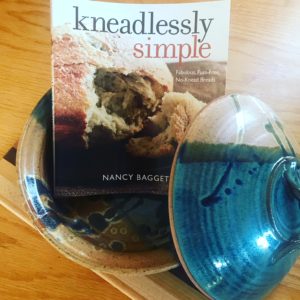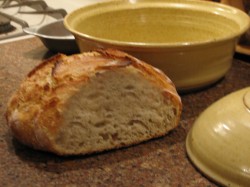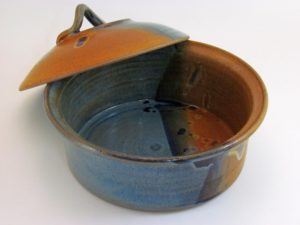Looking for a fun, easy baking project? No-Knead Bread is easy! Watch Clay Coyote’s CEO, Morgan Baum, cooking live on channel 4, WCCO-CBS. Learn more, get the recipe, tips, and
Bread Baker Gift Idea
Now that the weather is turning cooler, are you thinking about baking hot, fresh loaves of bread? We’ve got no-knead bread bakers in stock. Pair one with the cookbook Kneadlessly
No Knead Bread Bowl Instructions
No knead bread is having a rebirth. Wonderfully simple, wonderful tasting.
No-Knead Bread (with Sourdough Option)
Adapted from Jim Lahey, Sullivan Street Bakery Originally published Nov. 8th, 2006 New York Times This one is really easy, and the bread is as close to artisan you can
“No Knead” Bread
There is a recipe going around about “No Knead” Bread. A very simple recipe that just takes minutes to prepare. It apparently originally ran in the New York Times, and




